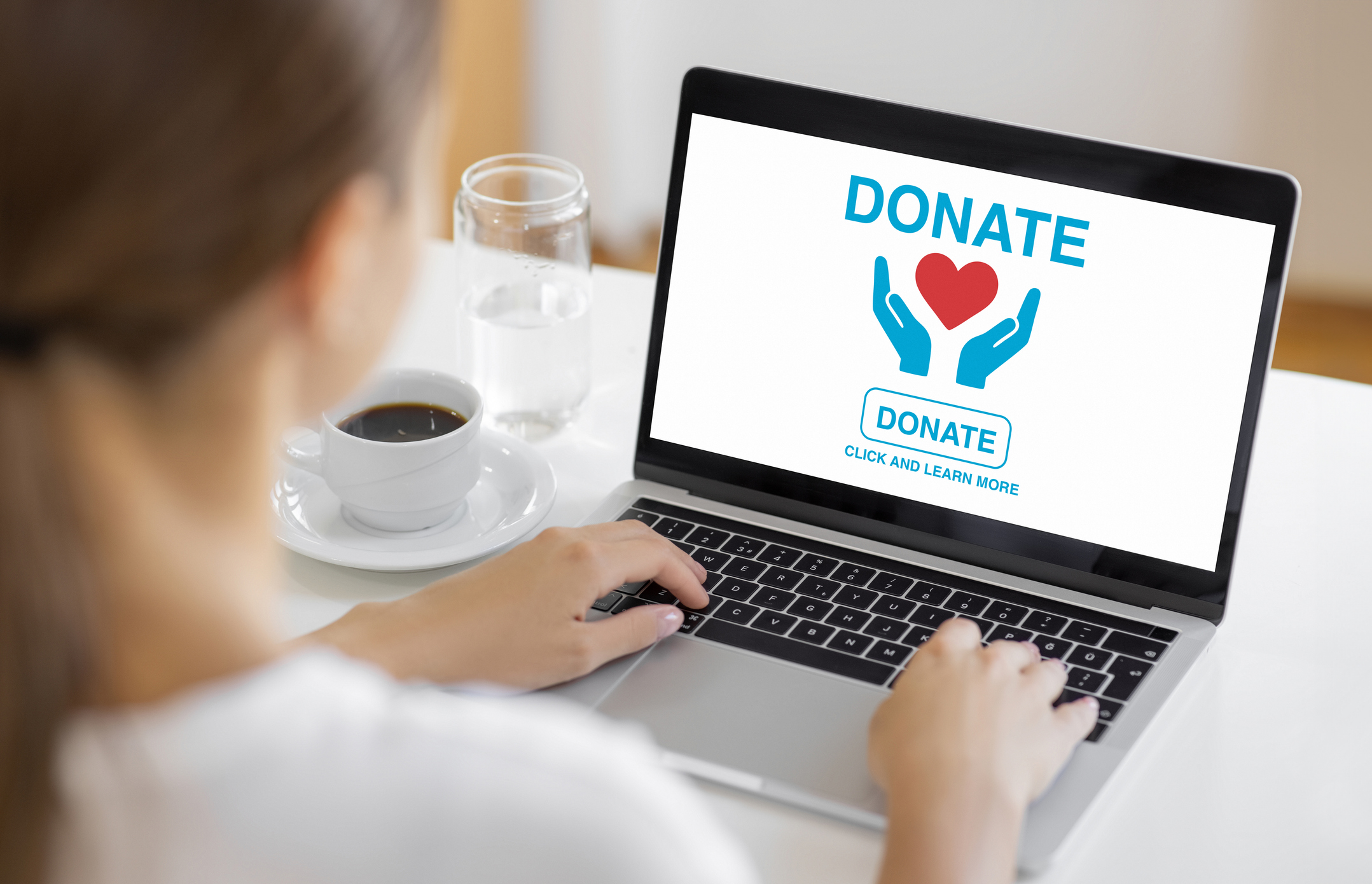Why You Need to Open a CD Right Now
While CD rates have dropped slightly, they still provide a good rate of return and make excellent short-term savings vehicles.

Sean Jackson
If you’re thinking about putting your cash in a CD in 2025, now may be the best time. Currently, rates on CDs are still somewhat high — in most cases offering over 4% on your cash — but they likely won’t go higher than they are now. The reason for this is the Federal Reserve cut interest rates three times in 2024, with the last rate cut being 0.25% on December 18.
For this reason, the beginning of this year could be a great time to lock-in CD rates and earn interest on your savings. In fact, many CD accounts have begun to slightly drop rates in recent weeks, so consider taking advantage of the best possible rates while you still can.
How to open a CD in 2025
Opening a CD is fairly straightforward, and can help maximize your savings with little to no effort. In fact, opening a CD can be done in five simple steps:
From just $107.88 $24.99 for Kiplinger Personal Finance
Become a smarter, better informed investor. Subscribe from just $107.88 $24.99, plus get up to 4 Special Issues

Sign up for Kiplinger’s Free Newsletters
Profit and prosper with the best of expert advice on investing, taxes, retirement, personal finance and more - straight to your e-mail.
Profit and prosper with the best of expert advice - straight to your e-mail.
- 1. Choose a CD term
- 2. Choose a provider
- 3. Apply for the CD
- 4. Choose how to receive your interest
- 5. Fund the account
There might be reasons why you don't want to open a CD. Some of the most common obstacles involve people not wanting to temporarily lose access to funds, not wanting to open a CD with an online-only bank and not seeing the value of having a CD.
CDs hold a fixed amount of money for a fixed period of time, which can be anywhere from three months to five years, and are good options for individuals looking for a fixed, predictable rate of return on their savings.
While CD accounts offer higher savings rates than standard savings accounts, there is one drawback. You'll have to wait until your CD's maturity date before you can withdraw funds. Failure to do so will cost you a fee, which can offset any interest you may have earned (unless you have a no-penalty CD account).
But if you're okay with setting your money aside for a certain period of time, you could easily maximize your savings with the best rates on the market. For those hesitant to lock their cash away, a high yield savings account is a better option. However, because rates on these accounts are variable, you won't be able to lock-in rates. These accounts are also simple to set up, and are a no-brainer for those looking to earn more on their hard-earned cash. By not putting your savings into a high yield savings account or CD, you're leaving money on the table.
Unlike high yield savings accounts, rates on CDs are fixed, meaning your APY won't fluctuate over time. And because savings rates have been leveling off lately, in some cases even dropping, opening a CD account now, rather than later, can help you secure the best rates before they drop further.
You can compare current CD rates below by using our tool — powered by Bankrate.
Also check out Kiplinger's savings calculator below to see just how much you could earn with a high APY.
Savings rates 2025
Savings rates have been on the rise since March 2022, when the Federal Reserve began hiking interest rates in an attempt to combat high inflation. Since then, the Fed began a trio of rate cuts in 2024, with the third one being a 0.25% cut on December 18. Moving forward, the Fed might not make as many rate cuts in 2025.
Since the Fed started holding rates steady, APYs on CDs have begun to level out, and in several cases, decrease. For this reason, consider taking advantage of savings rates while they're still high.
Related Content
Profit and prosper with the best of Kiplinger's advice on investing, taxes, retirement, personal finance and much more. Delivered daily. Enter your email in the box and click Sign Me Up.

Erin pairs personal experience with research and is passionate about sharing personal finance advice with others. Previously, she was a freelancer focusing on the credit card side of finance, but has branched out since then to cover other aspects of personal finance. Erin is well-versed in traditional media with reporting, interviewing and research, as well as using graphic design and video and audio storytelling to share with her readers.
- Sean JacksonPersonal finance eCommerce writer
-
 Holiday Tax Scams: 'Tis the Season to be Wary
Holiday Tax Scams: 'Tis the Season to be WaryTax Scams Navigating tax tricks of the holiday season may be daunting, but don't let that destroy your festive spirit
-
 Metro by T-Mobile Is Giving Away This Samsung Galaxy A16: Which Plans Are Eligible?
Metro by T-Mobile Is Giving Away This Samsung Galaxy A16: Which Plans Are Eligible?Metro by T-Mobile is offering free Samsung Galaxy A16 phones on eligible plans right now. Here’s how the deal works.
-
 I Drive and Collect Classic Cars: Here’s How I Got Started
I Drive and Collect Classic Cars: Here’s How I Got StartedAre classic cars a hobby or an investment strategy — or both? Either way, the vintage car scene is much cooler and more affordable than you think.
-
 Metro by T-Mobile Is Giving Away This Samsung Galaxy A16: Which Plans Are Eligible?
Metro by T-Mobile Is Giving Away This Samsung Galaxy A16: Which Plans Are Eligible?Metro by T-Mobile is offering free Samsung Galaxy A16 phones on eligible plans right now. Here’s how the deal works.
-
 I Drive and Collect Classic Cars: Here’s How I Got in the Game Without Spending a Fortune
I Drive and Collect Classic Cars: Here’s How I Got in the Game Without Spending a FortuneAre classic cars a hobby or an investment strategy — or both? Either way, the vintage car scene is much cooler and more affordable than you think.
-
 My First $1 Million: Retired Middle School Teacher, 68, North Carolina
My First $1 Million: Retired Middle School Teacher, 68, North CarolinaEver wonder how someone who's made a million dollars or more did it? Kiplinger's My First $1 Million series uncovers the answers.
-
 4 Financial To-Dos to Finish 2025 Strong and Start 2026 on Solid Ground
4 Financial To-Dos to Finish 2025 Strong and Start 2026 on Solid GroundDon't overlook these important year-end check-ins. Missed opportunities and avoidable mistakes could end up costing you if you're not paying attention.
-
 9 Types of Insurance You Probably Don't Need
9 Types of Insurance You Probably Don't NeedFinancial Planning If you're paying for these types of insurance, you may be wasting your money. Here's what you need to know.
-
 I'm an Insurance Pro: It's Time to Prepare for Natural Disasters Like They Could Happen to You
I'm an Insurance Pro: It's Time to Prepare for Natural Disasters Like They Could Happen to YouYou can no longer have the mindset that "that won't happen here." Because it absolutely could. As we head into 2026, consider making a disaster plan.
-
 The Future of Philanthropy Is Female: How Women Will Lead a New Era in Charitable Giving
The Future of Philanthropy Is Female: How Women Will Lead a New Era in Charitable GivingWomen will soon be in charge of trillions in charitable capital, through divorce, inheritance and their own investments. Here's how to use your share for good.
-
 The Retirement Donor's Checklist: Key Deadlines by Gift Type
The Retirement Donor's Checklist: Key Deadlines by Gift TypeRetirees have some charitable contribution options that can help avoid spikes in income from RMDS and capital gains.